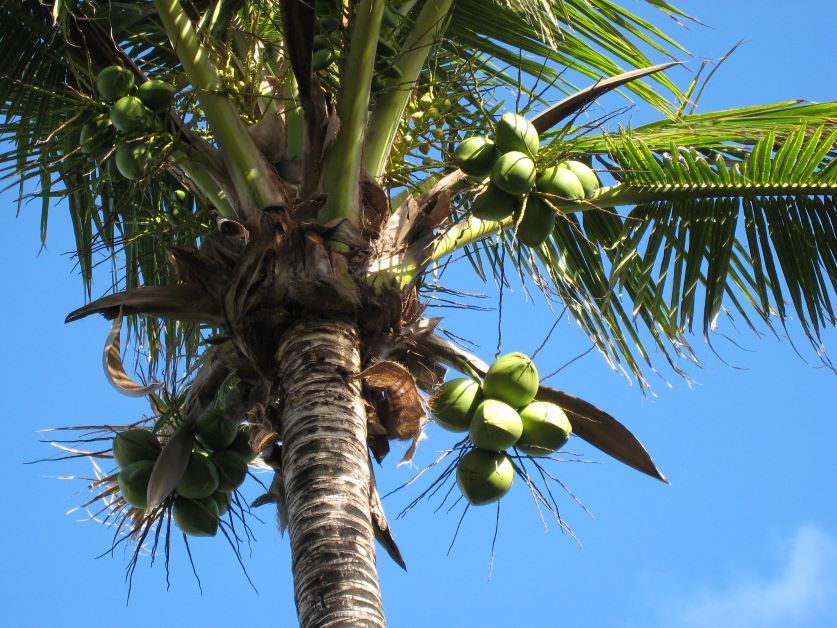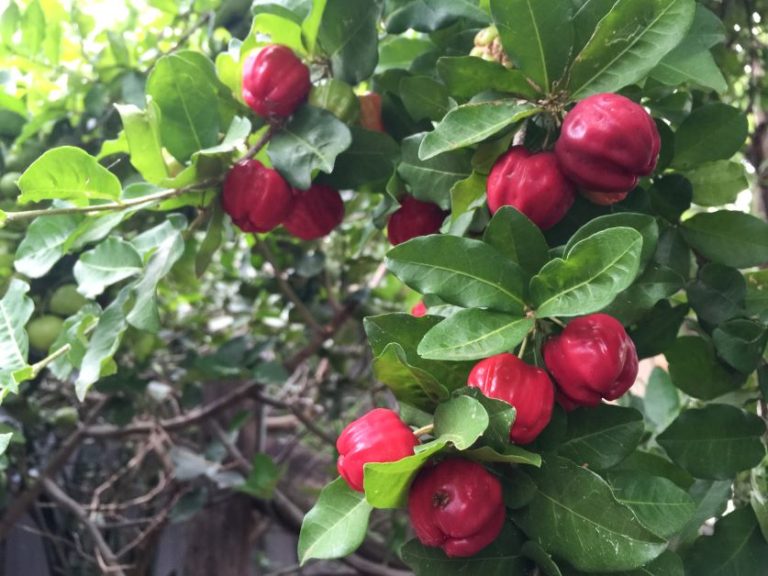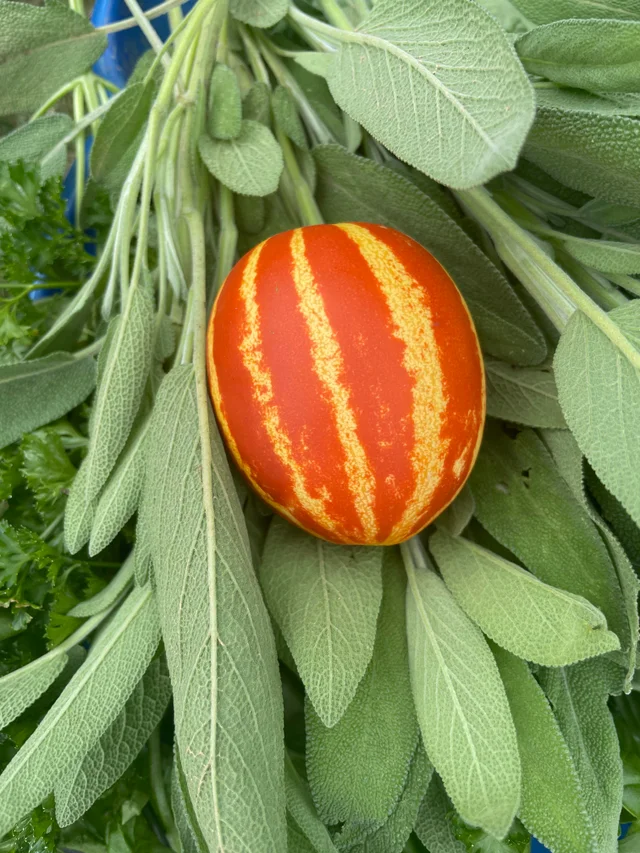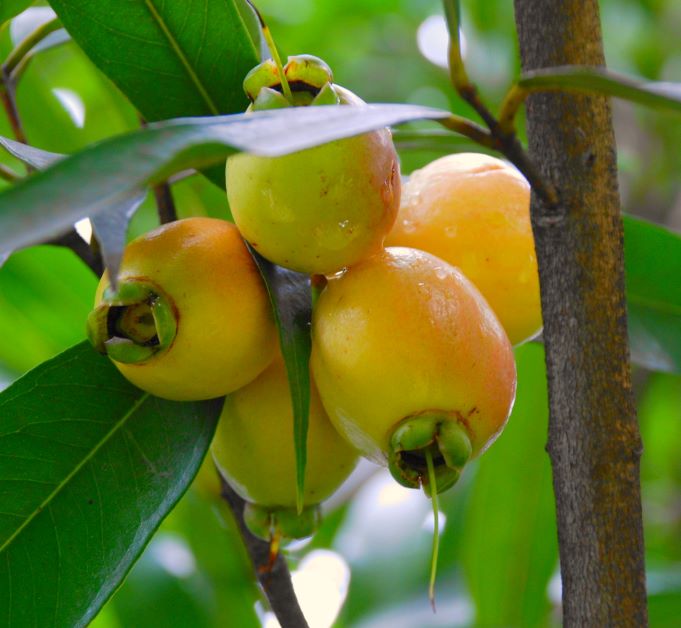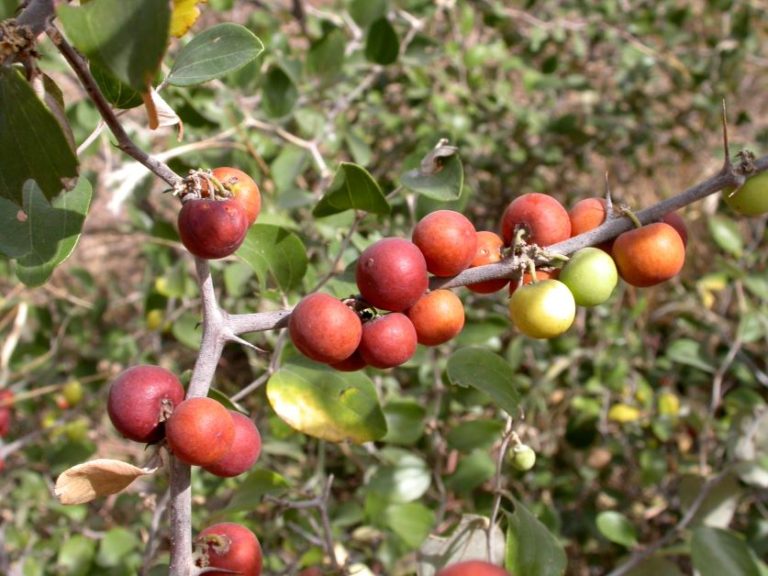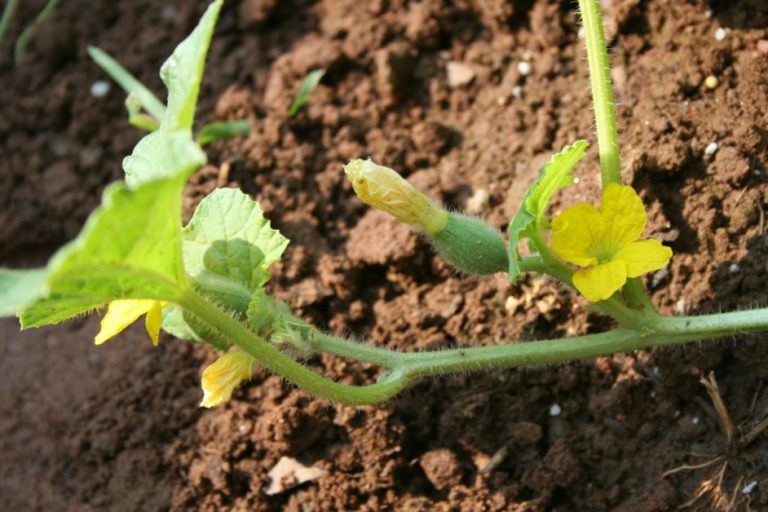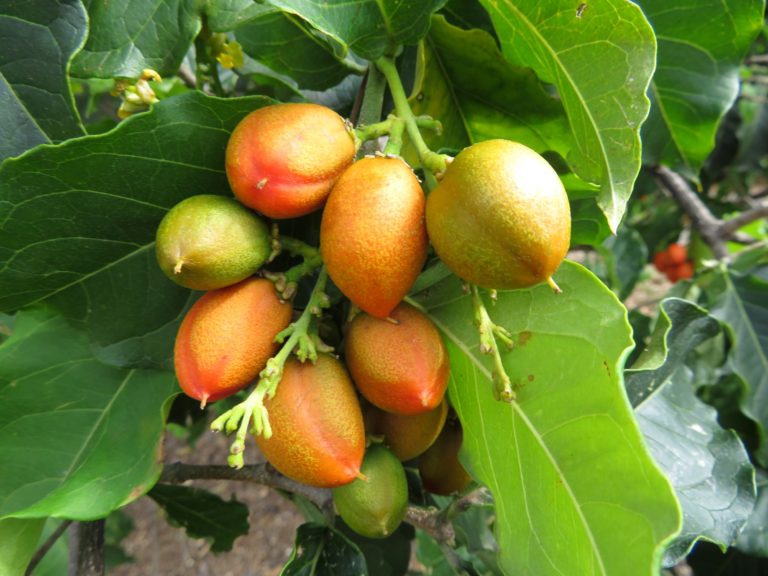Can You Grow Coconuts in Florida?
Tourists and locals want to know: can you grow coconuts in Florida? The answer is, it depends.
Coconut palms are tropical and need constant high heat and humidity. In some parts of Florida, they do great. In others, there’s no way a coconut could survive. Tallahassee, for instance, has an average temperature of 39F from December to January. That might not sound so bad for our friends up north but for a coconut (and a Floridian) that’s downright brutal.
What Kind of Coconuts Grow in Florida?
Coconuts aren’t a Florida native fruit or a Florida native palm tree. Rather, coconuts grow from a tree called the coconut palm, or Cocos nucifera. There is some debate on where the coconut palm originated, but American coconuts probably got here by floating across the ocean from the Philippines.
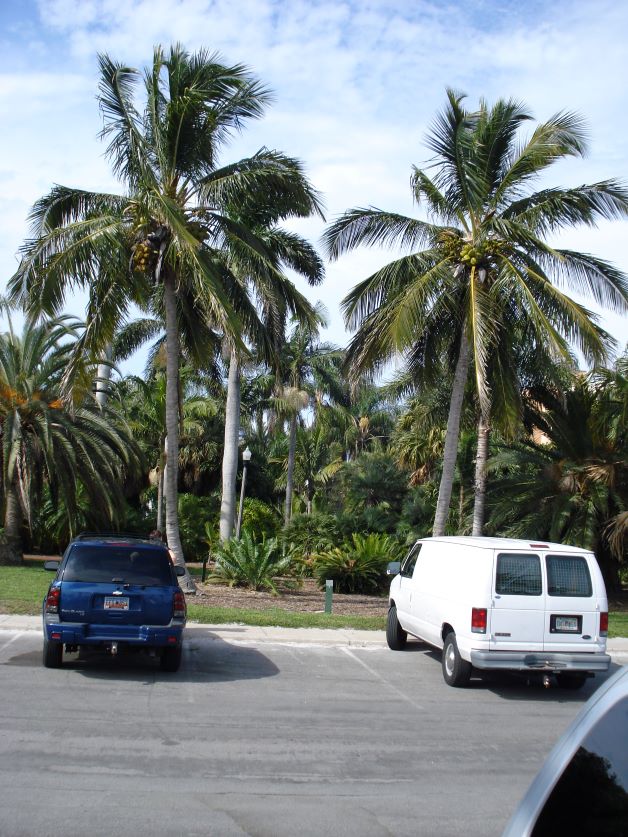
There are several different cultivars of coconut palm, with each being a tall type or a dwarf type. As you may have guessed, the biggest difference between tall and dwarf coconut palms is their size. Tall coconut palms grow to be 80 to 100 feet tall while dwarf palms are between 16 and 30 feet.
Some popular tall coconut varieties include the Jamaican tall, the Panama tall, and the Maypan hybrid. If you want a smaller palm, look for the Fiji dwarf or the Malayan dwarf.
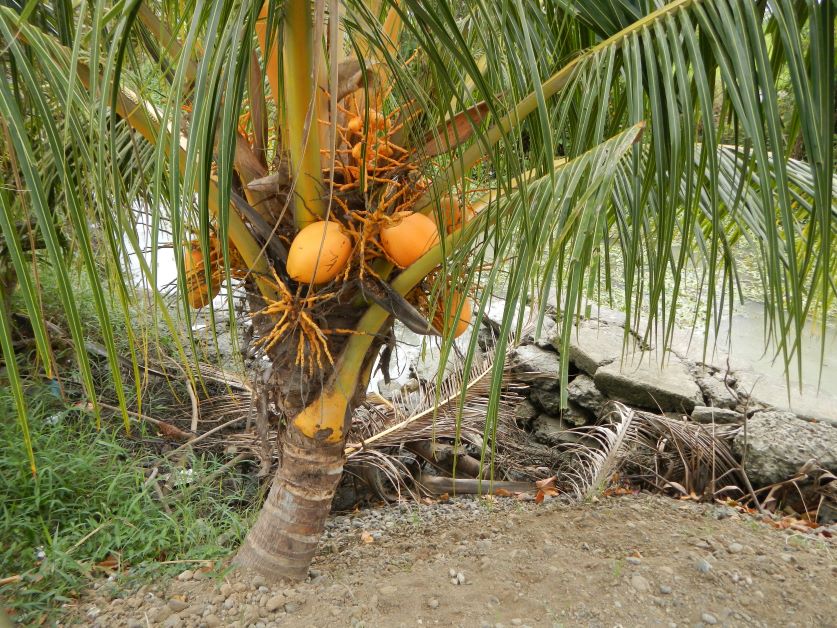
What Parts of Florida Have Palm Trees that Bear Coconuts?
There are some species of palm trees that can grow in cold weather, but coconut palm isn’t one of them. 40F will damage a coconut palm and freezing temperatures will kill it. That means that South Florida (USDA zones 10A-11B) is the only part of the state where you can grow coconuts.
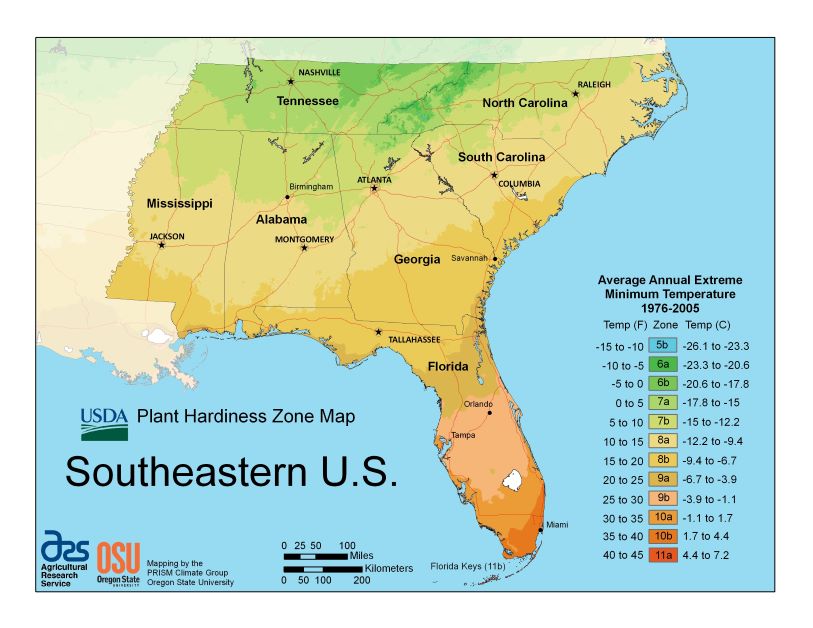
Some people have had success growing coconut palms in the bottom of Central Florida (USDA zone 9B) but it takes a lot of effort. Even if you do everything right to provide protection during winter, there’s still a good chance your coconut palm won’t survive.
If you do want to try to grow a coconut palm in Central Florida, prepare to be vigilant as you will need to provide it with frost protection.
Are Florida Coconuts Edible?
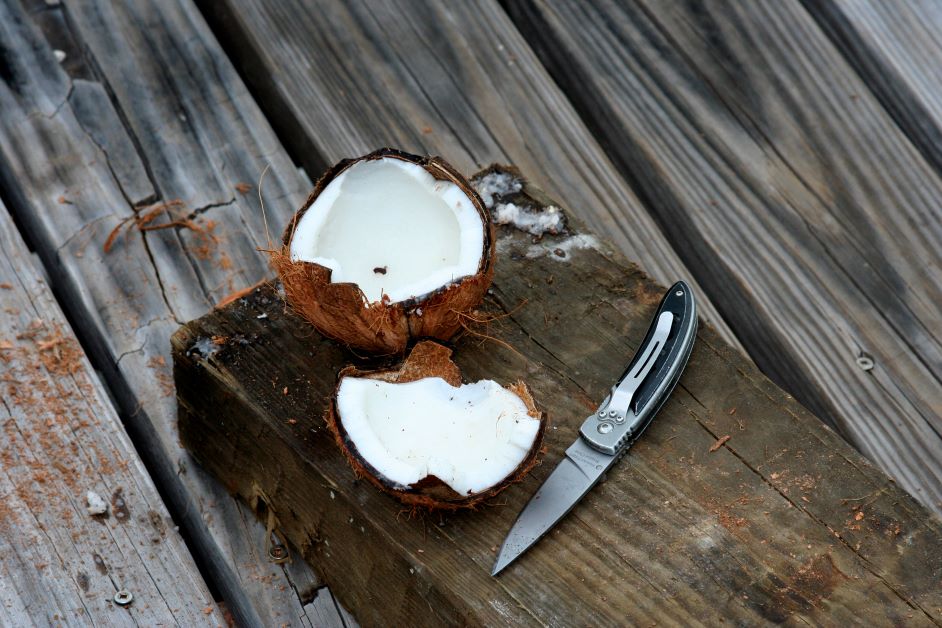
Yes! Although they aren’t a major crop in Florida, coconuts grown here are the same as the ones grown in other parts of the world. Most of the commercially grown coconuts you’ll find in the U.S. are from Puerto Rico, Cuba, Central America, and the Pacific Islands.
When are Florida Coconuts Ripe?
There is no specific coconut season in Florida. Coconuts ripen based on the age of the tree, not the time of year. Coconut palms can start producing fruit at 6 years old, and it takes about a year for a coconut to go from flower to harvest.
Coconut water is harvested from green (or yellow) coconuts. These young fruits are usually 6 or 7 months old. Coconut meat comes from coconuts that are hollow, brown, and hairy. These are mature and are about a year old.
Mature coconuts fall off of the palm so if you find one on the ground, it’s ready to eat but it might not be very tasty if it’s been sitting for a long time. You might also want to check for holes in the husk, which can be a sign of insects.
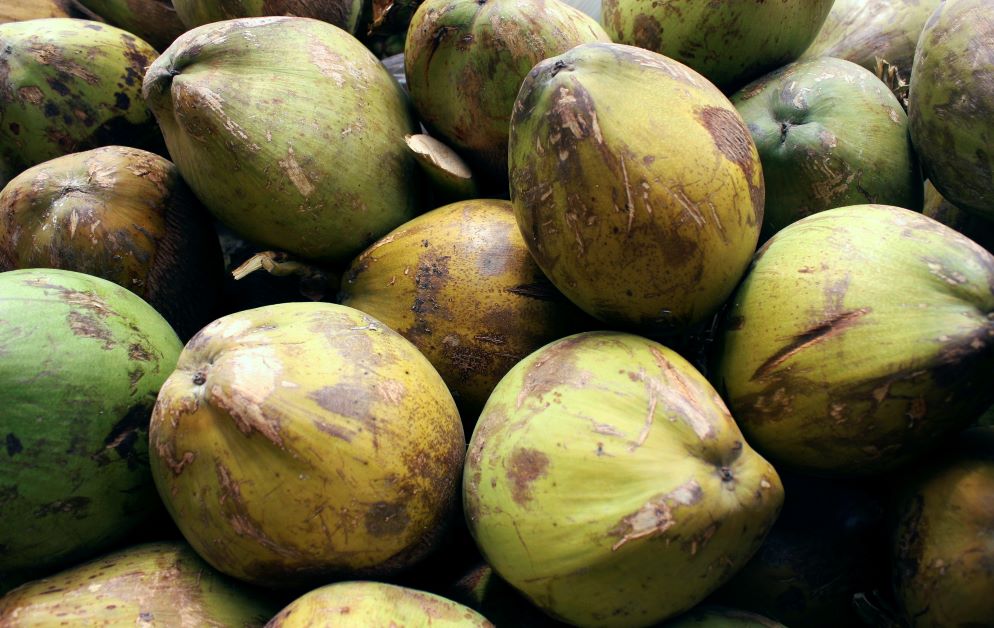
Is it Illegal to Pick Coconuts in Florida?
In Florida, it’s illegal to pick wild fruits and vegetables found on public land. When it comes to picking coconuts and other food on private property, always get permission from the landowner first.
Featured Image Credit: Timo

